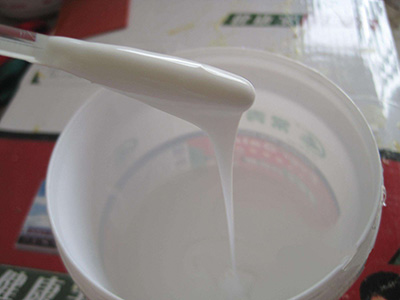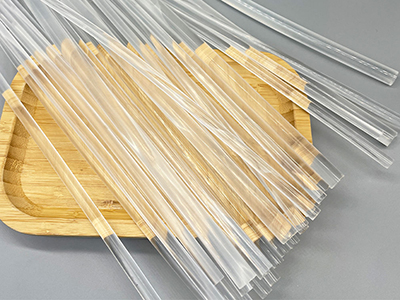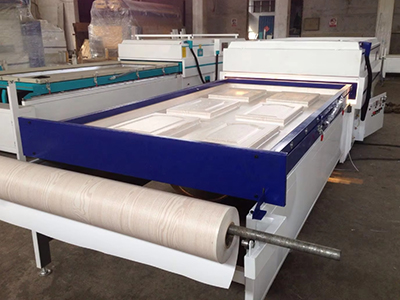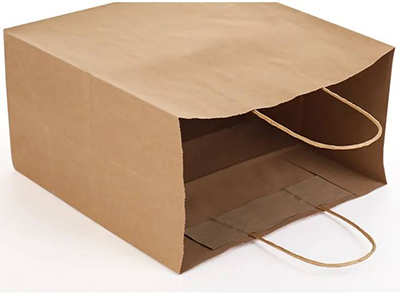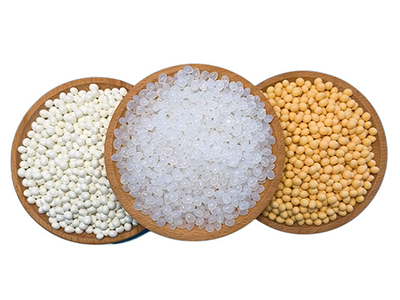Polyvinyl acetate (Polyvinyl Acetate, PVAc) emulsion adhesive is prepared by emulsion polymerization of vinyl acetate (VAc) as a reactive monomer in a dispersion medium, also known as polyvinyl acetate emulsion, commonly known as white latex or white glue , is one of the varieties with the largest output in the synthetic resin emulsion. In 1929, German H. Plauson first used emulsion polymerization to obtain polyvinyl acetate emulsion, and realized industrial production in 1937, especially the invention of W. Starck and Frendeberg of German Farben (Farben) company to use polyvinyl alcohol (PVA) as protective colloid for acetic acid The method of vinyl ester emulsion polymerization has greatly promoted the development of PVAc emulsion industry. my country began the research and development of polyvinyl acetate emulsion in the 1950s. By the 1970s, the polyvinyl acetate emulsion industry has developed rapidly. Now its output is second only to polyacrylate emulsion adhesives and ranks first in the output of water-based adhesives. the second place.
Advantages of polyvinyl acetate emulsion adhesive
For example: it has strong adhesion to porous materials such as wood, paper, cotton, leather, ceramics, etc.; it can be cured at room temperature and has a fast drying speed; the adhesive layer is colorless and transparent, and does not pollute the adherend; no pollution to the environment, safe Harmless; single component, easy to use, easy to clean, long storage period, up to more than 1 year. However, this type of adhesive has the disadvantages of poor water resistance and moisture resistance. The moisture absorption rate in the air with relative humidity of 65 010 and 96% is 1.3% and 3.5%, respectively. In addition, its heat resistance also needs to be improved. Through copolymerization, blending, adding protective colloid and other methods, its performance can be improved to a certain extent, and the scope of application can be expanded.
Polyvinyl acetate emulsion adhesives have been used in wood processing, cigarette manufacturing, fabric bonding, furniture, printing and binding, paper-plastic lamination, laminated corrugated carton manufacturing, labeling, carpet backing, building decoration and other fields.
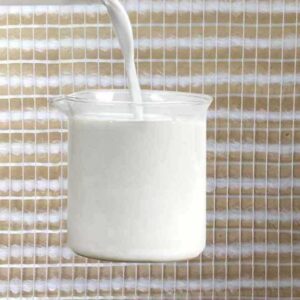
Polyvinyl acetate (PVAc adhesive) synthetic raw materials
The main synthetic raw materials of polyvinyl acetate emulsion adhesive include monomer, dispersion medium, initiator, emulsifier, protective colloid, plasticizer, regulator, filler, defoamer, freeze-thaw stabilizer, etc.
Vinyl acetate is the main monomer of emulsion polymerization, also known as vinyl acetate, abbreviated as VAc, structural formula, relative molecular weight 86.1, is a colorless flammable liquid, volatile, has a harmful effect on the central nervous system, and can stimulate the mucous membrane and cause weeping. VAc is slightly soluble in water (the solubility in water is 2.5g at 20°C), and is easily hydrolyzed, and the hydrolyzed product, acetic acid, will interfere with the polymerization reaction. During storage, VAc is prone to polymerization, so it is necessary to add polymerization inhibitors such as diphenylamine, copper acetate, and hydroquinone. In vinyl acetate industrial products, if 5-15 mg/kg of hydroquinone polymerization inhibitor is contained, it can be directly polymerized without removing it in advance.


